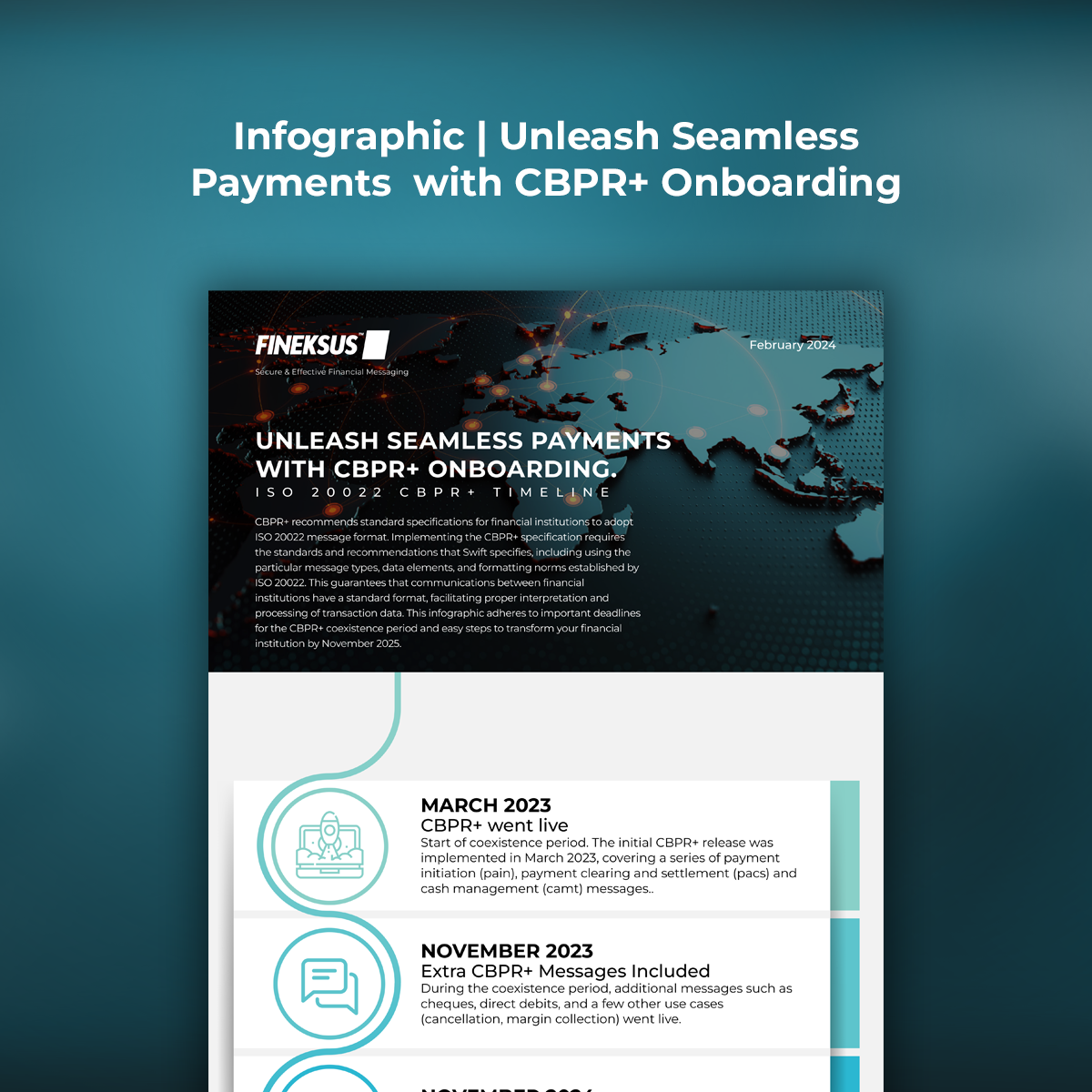
Essentials of AML Onboarding
92% of businesses believed that the existing Know Your Customer (KYC) onboarding procedures cost about $28.5m, according to a Thomson Reuters study. On the other hand, according to UN estimates, the cost of international money laundering yearly ranges from $800 billion to $2 trillion, or 2-5% of world GDP.
Regulatory organizations are pressuring firms further by upgrading Anti-Money Laundering (AML) compliance rules to boost detection rates in light of this gap and report that just 1% of money laundered can be found and dealt with by the authorities.
- Collection of Data
Regulated enterprises must determine whether new customers are bad actors at the point of KYC onboarding before engaging in any transactions with them. A company needs at the very least gather the necessary information to prove the customer’s visual identification, together with their name and address. Depending on the risk appetite of a business, more improved due diligence may be used in light of the rise in fraud instances. Verification of the date of birth, identity documents, and third-party account information are examples of additional information.
The business registration number, name, registered address, and date of incorporation, as well as details on the company officials and Ultimate Beneficial Owners, should all be included in the KYB onboarding verification process.
- Choosing the right vendor for AML technology
Regulated enterprises should align themselves with a provider that can deliver trustworthy data from several sources—quickly and by GDPR requirements—to perform the verification necessary above. While a slow onboarding process is likely to result in a bad customer experience, using manual processes and look-ups can be very time-consuming and expensive. The consumer will leave if the process is disjointed and there are too many obstacles to clear, leaving the company with a broken sales funnel. In 2020, 63% of European consumers surveyed reported having given up using a digital banking app during onboarding.
- Ongoing Client Due Diligence
KYC compliance is not necessarily a retrospective process that happens after onboarding; it can also be a proactive procedure that gives an organization a competitive edge. Successful continuing client due diligence (CDD) reduces risk, improves customer awareness, and fosters opportunity. A robust CDD approach will also reveal situations that call for Extended Due Diligence (EDD).
The past few years have demonstrated to us the importance of good continual monitoring for achieving compliance. Ongoing basic client due diligence is crucial to determine whether a customer enters a higher-risk category.
- Remediate KYC Data
In terms of continual monitoring and correction, a strong KYC/KYB onboarding system will be vital. A company will gain from employing an automated platform to store its compliance data as the only source of truth. When remediation is necessary, utilizing a set of “rules” to carry out remediation initiatives makes the process much simpler.
- Regulatory Audit
Authorities do not anticipate businesses to completely eradicate fraud. They do, however, expect to see evidence of a risk assessment and systems in place to ensure due diligence. With CDD, it is essential to have a secure audit trail of any alterations made to the customer record and continuous interactions.
A robust compliance program can be built using the digital audit trail to cover the whole client lifecycle. Businesses that want to expand will require a strong KYC onboarding program that not only scales with the company but also produces an audit trail that is simple to administer and can be utilized to safeguard the company.

